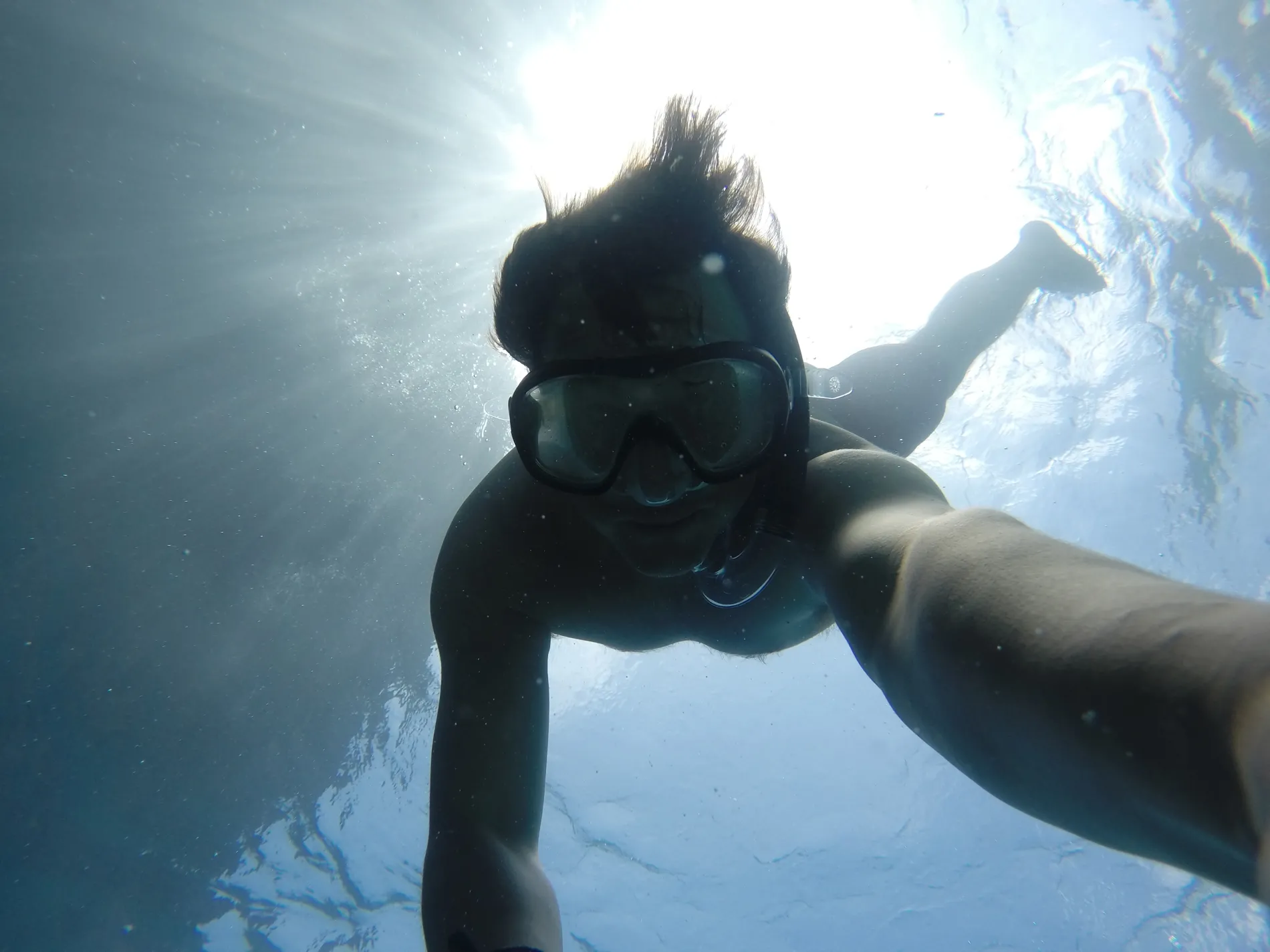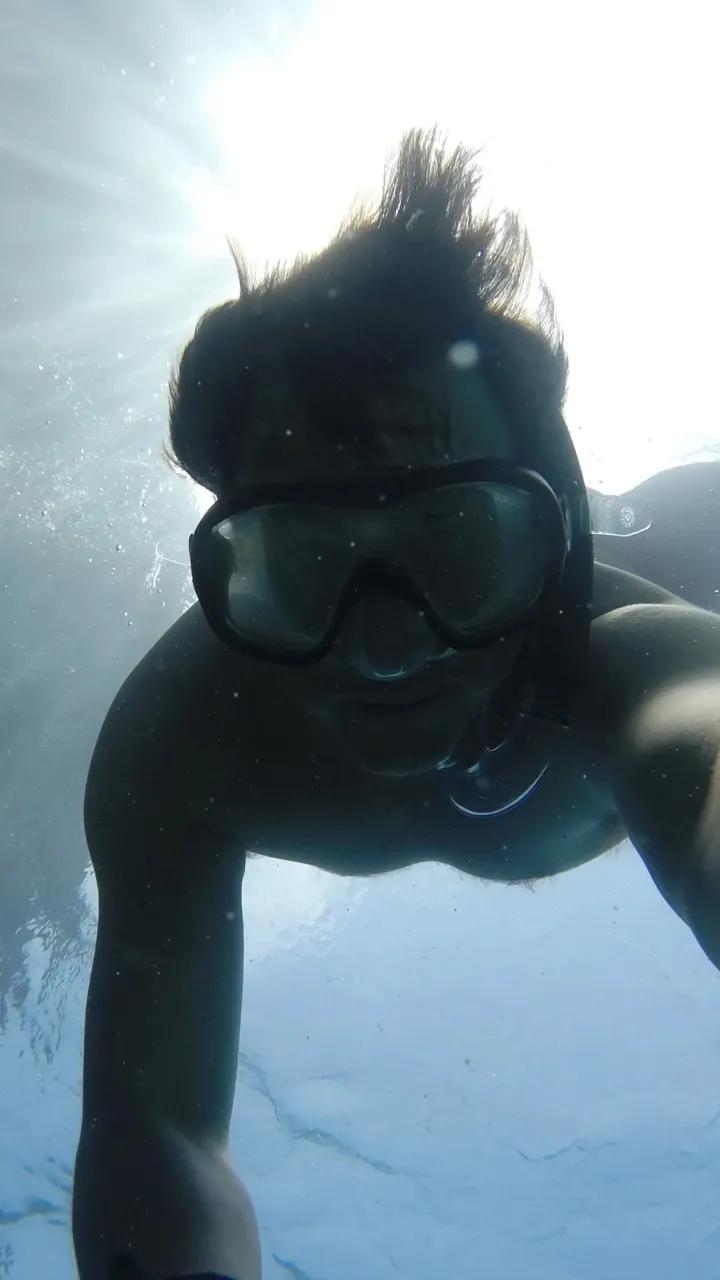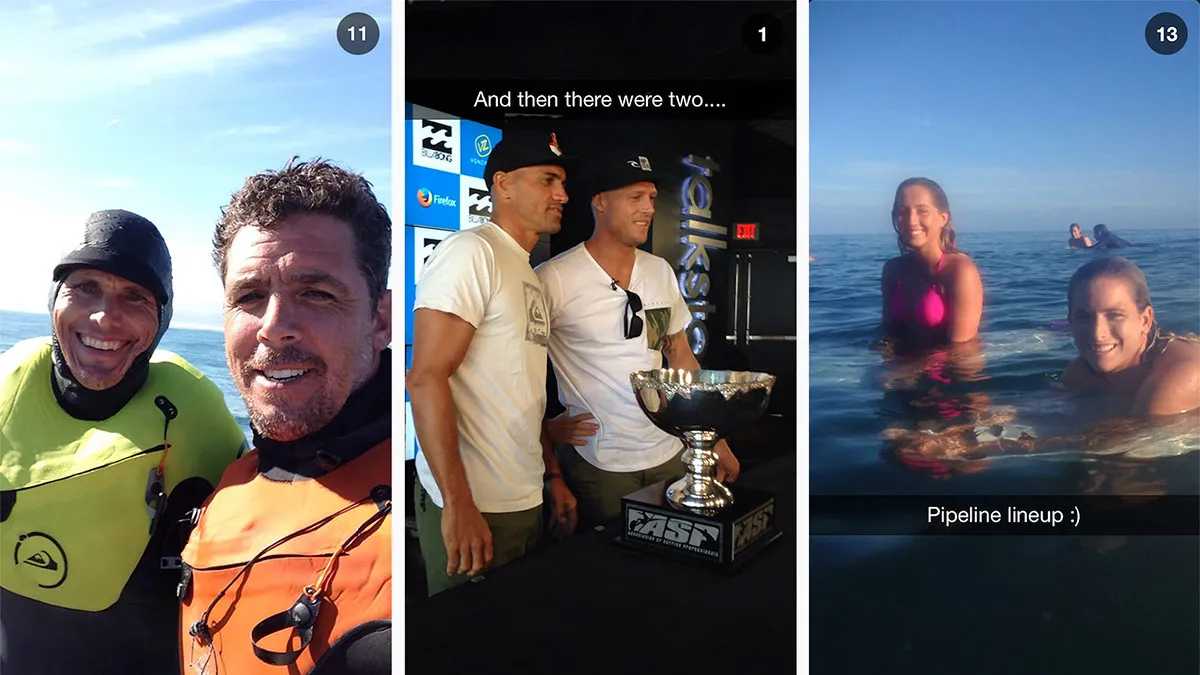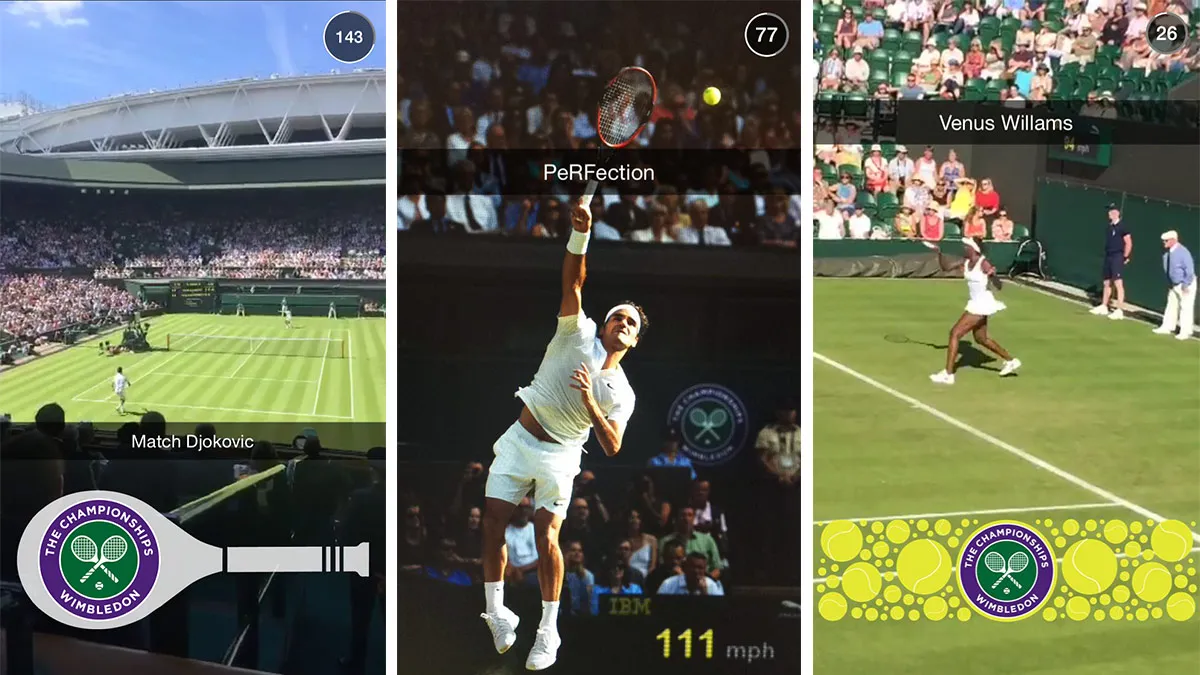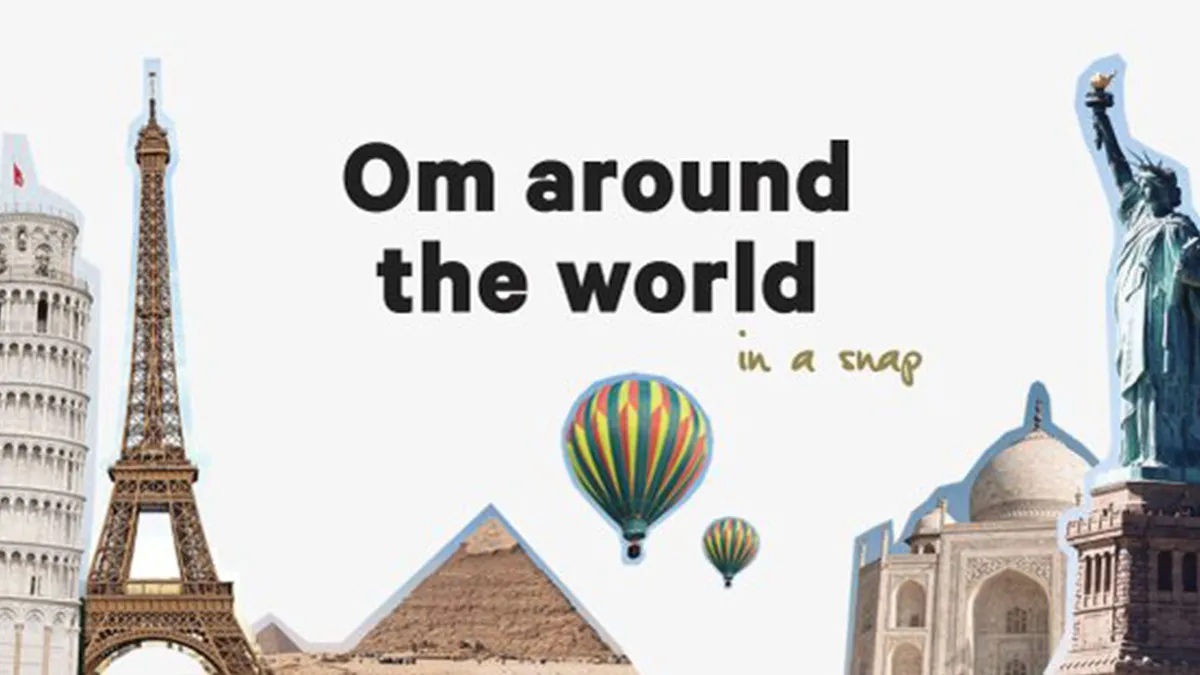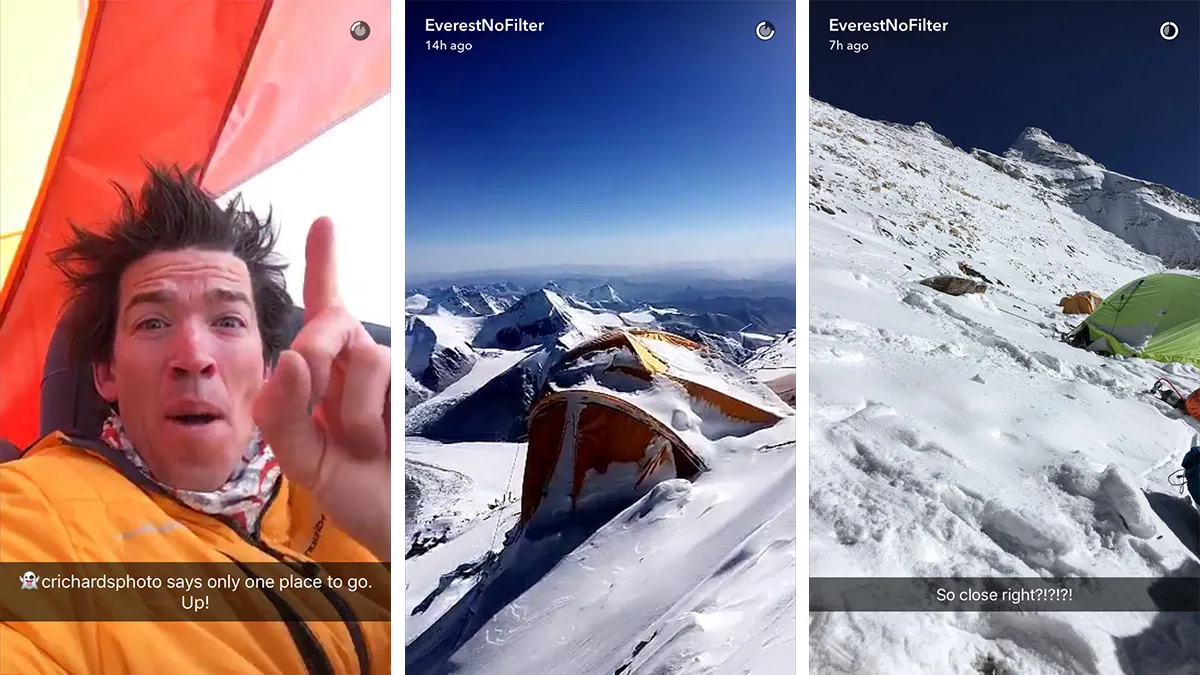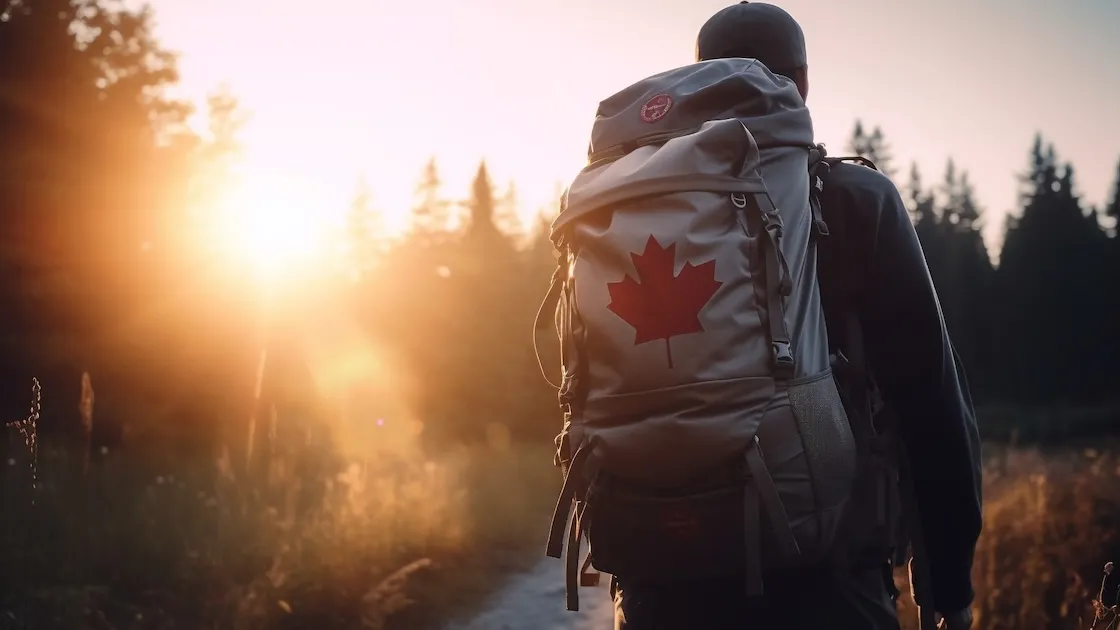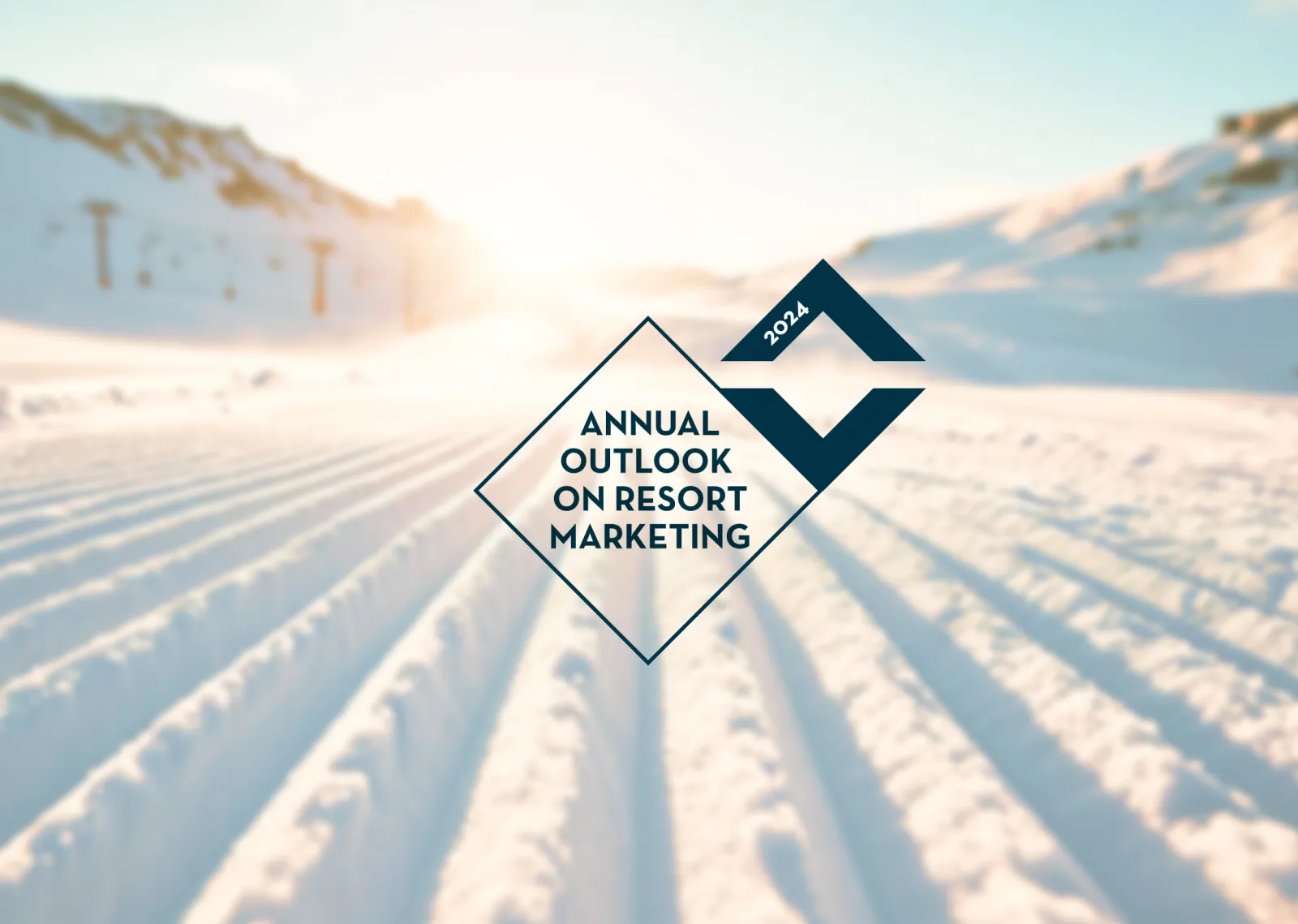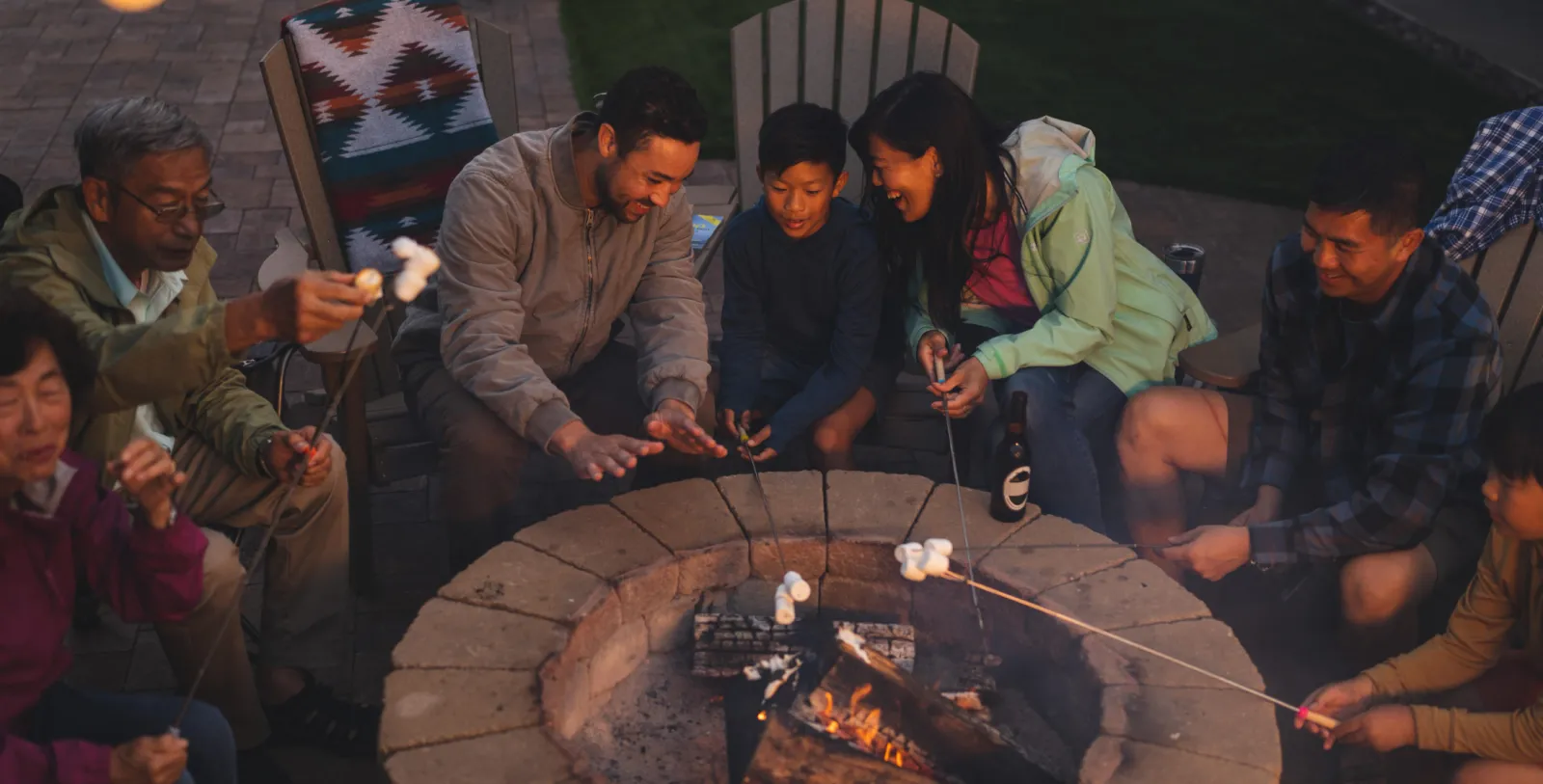How Snapchat is changing the way we play outside
We wrote about Snapchat over a year ago. Since then, there are 800 million snapchats sent daily, or, if you prefer, 9,000 snapchats sent every second, created by 100 million daily active users. Let’s all agree on the fact that Snapchat’s scale cannot be underestimated. What used to be considered the black sheep of the tech industry has gained momentum and caught up to the biggest dogs of social media.
Snapchat makes sharing moments with friends easy, without the pressure of likes and followers. It’s important to note that the platform does not offer a scalable aspect for any user-focused metric. In other words, no following base or trackable engagement can be viewed by third parties other than your ‘Snapchat Score’, which no one seems to know what it actually measures. This short-lived images and videos platform is slowly shifting from simple entertainment to storytelling chronics.
Across all industries, marketers are spending 500% more on digital media to reach Millennials than all other groups. With the astronomical success of Snapchat, especially for this generation, there’s no big surprise to see brands starting to make their way towards this platform as Millennials accounts for 71% of Snapchat’s audience. But while Snapchat still seems to be a part of the other social media channels (Facebook, Twitter, LinkedIn, Google Plus and Pinterest), the Snapchat icon has yet to appear en masse on brands’ websites.
So how can a brand be present on Snapchat?
- Sponsored lens: They are the most premium ad placement on the app. Prices range from $100,000 to $750,000 per day, which can vary based on holidays and events. Since its launch, over 50 companies have taken advantage of it, and interactions with customers seem to make it all worthwhile. ‘’Snapchat Lenses drive significant reach of an audience you would struggle to buy on TV,” says Jerry Daykin, global digital partner at Cadbury's agency, Carat. “When you get it right, the average time people use [a lens] can go up to a minute; it's very personal and very energetic.” According to Adweek, Taco Bell’s Cinco de Mayo lens was viewed 224 million times and Gatorade’s Super Bowl campaign had more than 165 million views—all of this in 24 hours.
- Discover channel: The Discover segment of Snapchat—which allows brands to share images, videos and editorial—is in some way the extension of Story Features for brands who want to expand their exposure on the platform. The content is uploaded in daily editions and, in true Snapchat manner, self-destructs after 24 hours. National Geographic aims to increase awareness of the important issues they cover, while Wall Street Journal’s goal is to reposition itself within a younger target market. Vice Magazine (@vicemag), on the other hand, gives its audience a feel of what they can read online.
- Geofilters: Special overlays, or what Snapchat calls “dynamic art for different places,” is a design which communicates the “where and when” of a Snap in a creative manner. Those can be available from a specific number of hours to a 30-day period and are the most affordable form of ad buy on Snapchat, starting as low as $5 per filter. They vary on time, amount of screen area covered and potential amount of users. The buyer also needs to provide the desired design filter (i.e., brands or users suggest their own design).
- Public account: Creating a public account for your brand is another way a brand can interact with customers. Although free, brands must spread the word around to get people to “add” them in order for them to see their stories. Brands in the outdoor industry tend to activate cross-platform promotion in order to create awareness for different channels. This is a good opportunity to show behind-the-scenes sneak peeks of the brand’s latest and greatest or to tell a story via celebrity and sponsored athlete takeovers.
What does it mean for the outdoor industry?
Millennials share close values with the outdoor industry: both pay great attention to sustainable ways of living, pursuing healthy lifestyles and channeling a “live in the moment” mindset—the latter on which Snapchat is founded. So the question is: why aren’t outdoor brands taking more advantage of this platform? What can they get out of it?
First, stop posting and start telling stories. The most engaging stories online are fueled by strong story-based narrative. Integrate your products in your content and make your brand alive or use major happenings to leverage your brand.
We watched as a few brands rolled out Snapchat campaigns this month and identified a few factors that contributed to their success.
Product Focused:
Red Bull’s (@redbull) Summer Solstice campaign used an opportunity to promote their new Summer Edition SKU through a geofilter available all day. Since brands aren’t as easily found on Snapchat than on other social media channels, a cross-platform advertising plan can be truly beneficial in order to encourage users to try it themselves.
Brand Focused:
Lululemon (@lululemon) leveraged International Yoga Day to promote their yoga session in key cities across the world, utilizing their brand ambassador program and various events happening to create up-to-the-moment social content that communicated the benefits of this lifestyle. The importance of an athlete’s role on Snapchat is not to be underestimated: social media celebrities, brand ambassadors and professional athletes seem to have had an easier “in” when it comes to growing their reach on Snapchat—which is why capitalizing on your brand advocates can be a great way to optimize your presence on this platform.
Sub-brand promotion:
Nike (@nikenyc) opted for a similar brand-focused technique to promote their sub skate brand in conjunction with international Go Skateboarding Day. Nike used Snapchat to invite their audience to attend a street-friendly competition happening in New York City and live-streamed part of the event for those who couldn’t attend in person. The use of a black-and-white filter gave the story a personal feel and reflected the urban feel of the brand and culture.
In recent years, Millennials have been challenging advertisers to distance themselves with traditional performance marketing (click-through, newsletter subscription or enticement to visit their website) and instead provide them with real, organic content.
Columbia Sportswear’s got that right through their Toughness campaign, sending off two outdoorists in a six-month-long adventure and documenting it via their Snapchat account (@columbia1938). By covering this expedition, they created genuine and organic marketing content, infusing product testing into a real-life setting—the kind of authenticity and transparency Millennials are looking for.
Even though Snapchat content can’t be measured with a direct ROI, those stories can go a long way; showing the culture embodied by brands helps build a strong brand identity, image and awareness—which are the key drivers of brand equity. Leveraging Snapchat as a marketing tool enables brands to humanize themselves, create a strong bond and build brand loyalty with their audience. #EverestNoFilter’s controversial initiative, for instance, showed that quality, authenticity and spontaneity went a long way. Through a mix of “Snap-umentary” from their public account (@EverestNoFilter) and a Discovery editorial, expert climbers had the opportunity to tell an open-source story of their ascension of Mt. Everest, inspiring people to get out and have an outdoor experience. Such short chronics enable brands to create a huge mobile audience engagement and keep them compelled, interested and eager for more—all while respecting the short and ever-decreasing attention spans of the viewers.
Even though Snapchat was conceived for individuals’ interactions, brands can still be successful at using this platform. What matters most is to stay true to your voice, be transparent or spontaneous and not overuse it.
